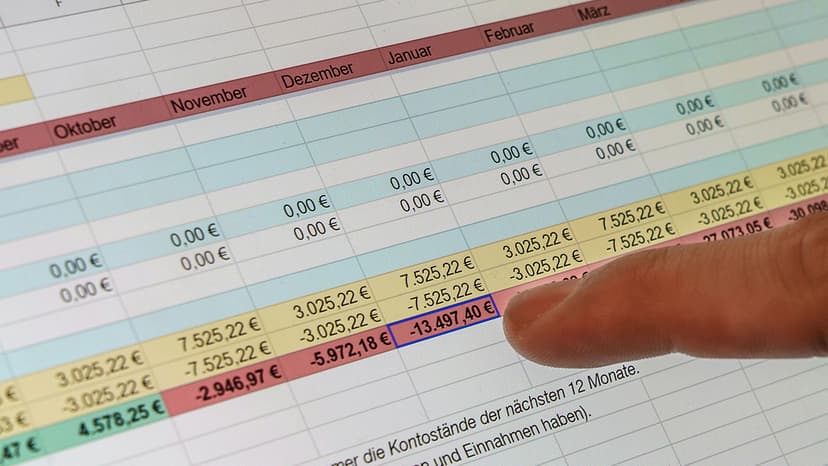How to Write a Compelling Complaint Email
Writing a complaint email can sometimes feel challenging. You're frustrated or angry, and you want to be heard. It's important to express your dissatisfaction clearly and professionally. In this guide, we'll walk you through the steps to craft a complaint email that gets your message across without burning any bridges.
Understand Your Goal
Before you start writing, know what you want to achieve. Are you seeking a refund, a replacement, or just an apology? Keeping your goal in mind will help shape the tone and content of your email.
Keep It Professional
Despite your emotions, maintain a courteous and professional tone. Inflammatory language or personal attacks can weaken your case and lead to dismissal.
Clear and Concise Subject Line
Your subject line should clearly indicate the email's content. Let the recipient know this is a complaint and give a hint of the issue. For example, "Issue with Recent Online Order #12345" is precise and informative.
Opening Greeting
Start with a polite greeting. If you know the recipient's name, use it: "Dear [Name]." If not, "Dear Sir/Madam" or "To Whom It May Concern" will work.
State Your Case
After the greeting, get straight to the point. Include:
- Your name and contact information
- Details about the product or service (including dates, receipts, or order numbers)
- A description of the problem
- Previous steps you've taken to resolve the issue
Be clear and factual. The clearer your explanation, the easier it will be for the recipient to understand your concern.
Be Specific About the Resolution
Clearly state what you want as a solution. Whether it's a refund, a product exchange, or another resolution, being explicit helps avoid back-and-forth communication and shows you're reasonable.
Close Your Email Politely
End your email positively, such as "Thank you for your attention to this matter" or "I look forward to your prompt response." Use a professional sign-off like "Sincerely" or "Best regards," followed by your full name.
Proofread
Mistakes can undermine your credibility. Proofread your email for spelling and grammar errors. Taking a break and rereading your email later can help you ensure it’s measured and fair.
Follow-Up
If you don't receive a response within a reasonable timeframe, typically one to two weeks, it’s appropriate to send a follow-up email.
Now, let’s look at a couple of sample complaint emails for clarity.
Sample 1: Defective Product Complaint Email
Html
Sample 2: Poor Service Complaint Email
Html
The aim is to seek a resolution. Keep your email professional, polite, and precise to increase your chances of a satisfactory response. And remember, proofreading is essential!












